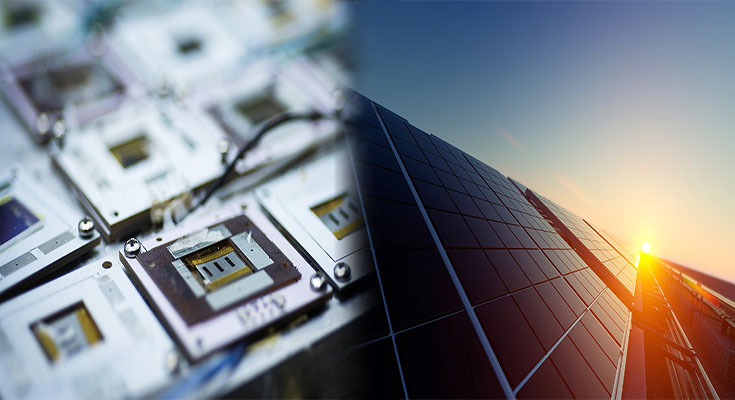
Compact and Durable Portable Solar Chargers for Hiking
Hiking and outdoor adventure enthusiasts often rely on portable electronic devices, such as GPS devices, cameras, and smartphones, for navigation, communication, and capturing memories. However, the limited battery life of these devices can become a challenge, especially during extended trips. This is where compact and durable portable solar chargers come into play. In this article, we will explore the latest innovations in portable solar chargers designed specifically for hiking, offering convenience, sustainability, and reliability for outdoor enthusiasts.
The Need for Portable Solar Chargers
Hiking and camping are often enjoyed in remote locations where access to conventional power sources is limited. Carrying spare batteries or power banks can be cumbersome and weigh down backpacks. Portable solar chargers provide a sustainable solution by harnessing the power of the sun to charge electronic devices on the go. These chargers are lightweight, compact, and easy to carry, making them an ideal companion for outdoor …
Compact and Durable Portable Solar Chargers for Hiking Read More

